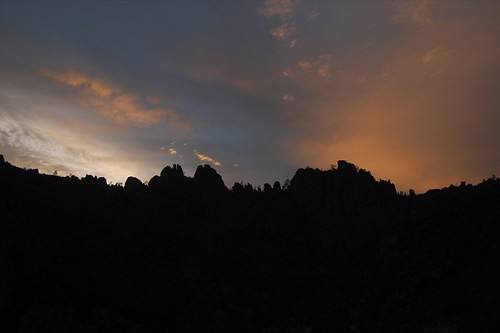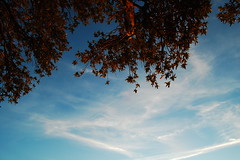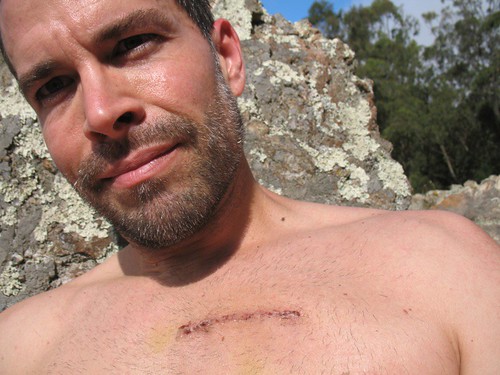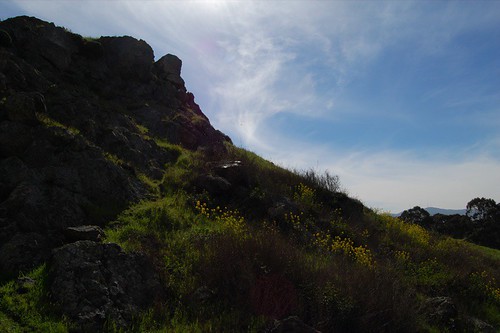
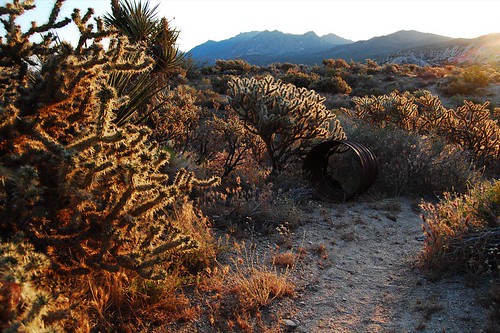
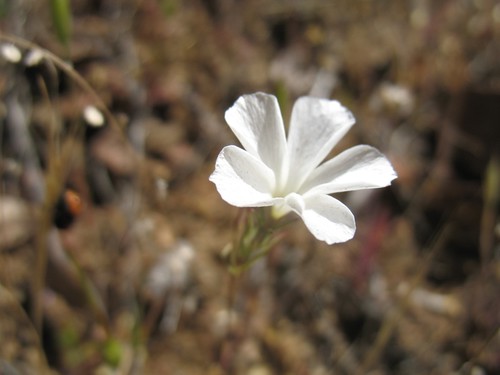 The woods, the flowery fields of grassy hills and meadows, the deep forests, the mountains and rocky crags, the beach and cliffs, these have all been important places for me. If anything has given me peace and a sense of something mystical it is these places and their native residents. This is probably no more or less true now, but certainly my awareness of it is more acute. There is where I want to be more and more, but where I am less and less.
The woods, the flowery fields of grassy hills and meadows, the deep forests, the mountains and rocky crags, the beach and cliffs, these have all been important places for me. If anything has given me peace and a sense of something mystical it is these places and their native residents. This is probably no more or less true now, but certainly my awareness of it is more acute. There is where I want to be more and more, but where I am less and less. My neighborhood park, named after Glen canyon, which it contains, has become a surrogate for all those other places. On the days following my surgery, and now those days of nausea following chemotherapy, it is this place which energizes my walk, keeping me hiking and happy and probably healthy. I follow the trail from the deep shade of the Eucalyptus up to the more wild, steeper, slopes of native grassland whose rocky towers of fault folded franciscan chert look out over the tops of trees, through the opening of the canyon walls to the bay. Up here you are on level with hawks floating on currents of air looking for a meal. Up here a bit of my loneliness floats away.
I'm reading a small book, "The Land of Little Rain", about the desert, by Mary Austin, written at the turn of the century. She has a lyrical way of capturing the magic of quietly and slowly experiencing the seasons of a place, how the things that live there reflect those changing seasons. She often describes the human denizens of the desert of this era, the last of the native americans, the sheep herders, the prospectors, how alone with themselves they can be in the desert and yet would never think of leaving it. It made me wonder why, for myself at least, it is so mush easier to be alone in the wild, be it woods, mountains, desert, than in the city. Maybe that is why the bay area has such a pull on many of us. The hills and mountains, the ocean, the bay, the forests, they all take some of the loneliness out of the cities, but of course in the compromise nature has lost much of its wildness to the cities. Still, it frames, embraces, almost every place we live in.
Here is an excerpt from Mary Austin's book. Its about a little annual that grows in desert washes, in the dry grassy hills of the coast ranges and Sierra foothills. Many of us have gotten to know this little plant intimately- Linanthus dichotomus: "Larkspurs in the botany are blue, but if you were to slip rein to the stub of some black sage and set about proving it you would be still at the hour when white gilias [Linanthus] set their pale disks to the westering sun. This is the gilia the children call "evening snow", and it is no use trying to improve on children's names for wild flowers.
From the height of a horse you look down to clean spaces in a shifty yellow soil, bare to the eye as a newly sanded floor. Then as soon as ever the hill shadows begin to swell out from the sidelong ranges, come little flakes of whiteness fluttering at the edge of the sand. By dusk there are tiny drifts in the lee of every strong shrub, rosy tipped corollas as riotous in the sliding mesa wind as if they were flakes shaken out of a cloud, not sprung from the ground on wiry three-inch stems. They keep awake all night, and all the air is heavy and musky sweet because of them."
Ahhh, so go out and hike, climb your local hills, walk in the woods, and don't forget to take me.
Scott
